Serbian ports far from concessionaires – Lack of project documentation hampering investments of private partners
 Wednesday, 25.04.2018.
Wednesday, 25.04.2018.
 15:48
15:48
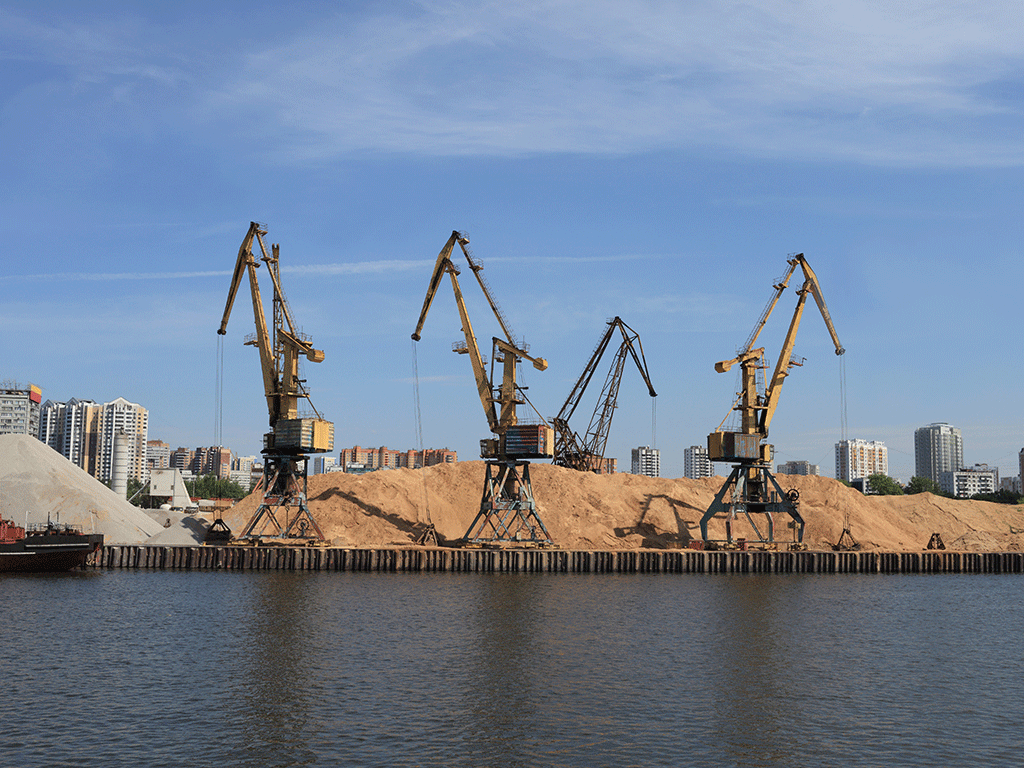
As the acting director of the Port Governance Agency, Vuk Perovic, stated for RTS, the year 2017 was a record-setting year in the amount of cargo recorded on Serbian rivers.
– We recorded 10.5 million tons of cargo, which is an increase by as much as 16% compared to 2016. If the trend of growth of the cargo reloaded on our rivers continues, we can expect a growth of 20% this year – Perovic told RTS.
In order for port transport to keep increasing, it is necessary to continue investing in infrastructure, but this requires large funds, which the state cannot provide on its own. One way of overcoming this obstacle, without incurring debt, is to put ports up for concession, reminds Professor Milorad Kilibarda of the Faculty of Transport and Traffic Engineering.
In order to enable a concession procedure, the Port Governance Agency, according to its statute and the law, must prepare medium-term and annual plans of putting ports up for concession. Although the document currently in effect pertains to the period from 2016 till 2019 and defines precise dynamics, the concession procedure has not yet been initiated in any river port.
The main reason for this is the lack of planning documentation, which local self-governments are obliged to prepare. Not a lot has been done regarding that issue, however. For example, the preparation of an urban project for the port of Apatin, which is considered the closest one to being put up for concession, as it has a prepared Detailed Regulation Plan, has not started, even though this should have been done by now according to the plan. Still, as the Port Governance Agency announces, the first works in this port are planned for mid-2019 or early 2020.
According to the information we've received at the Municipality of Apatin, nothing has been done so far when it comes to the preparation of the documentation.
Lower investment risk
Concessions at ports can be given for the provision of services and for the construction of port facilities. The type of concession also determines the concession period, with 5 years given for nautical services and 15 years for transport services, whereas the concession for the construction of port facilities is given for a period of 30 years. In some cases, after the period expires, the concessionaire must return the location to its original state.
Concessions are a source of alternative financing, which, according to Kilibarda, is especially important for poor and undeveloped countries, burdened by a high public debt.
– Concessions secure new investments with a lower price of risk, more efficient management, better and quicker performance and budget savings – Kilibarda says for eKapija.
On the other hand, the cons are reflected in a loss of revenues and profit from port services, which go to the concessionaire for a long period of time, our interviewee adds.
The concession procedure is initiated if the value of the investment is equal to or higher than EUR 5.18 million, whereas the tender procedure is initiated for investments under that amount. According to our interviewee, this is logical, as concessions are generally given for larger investments and for infrastructural facilities with longer exploitation periods.
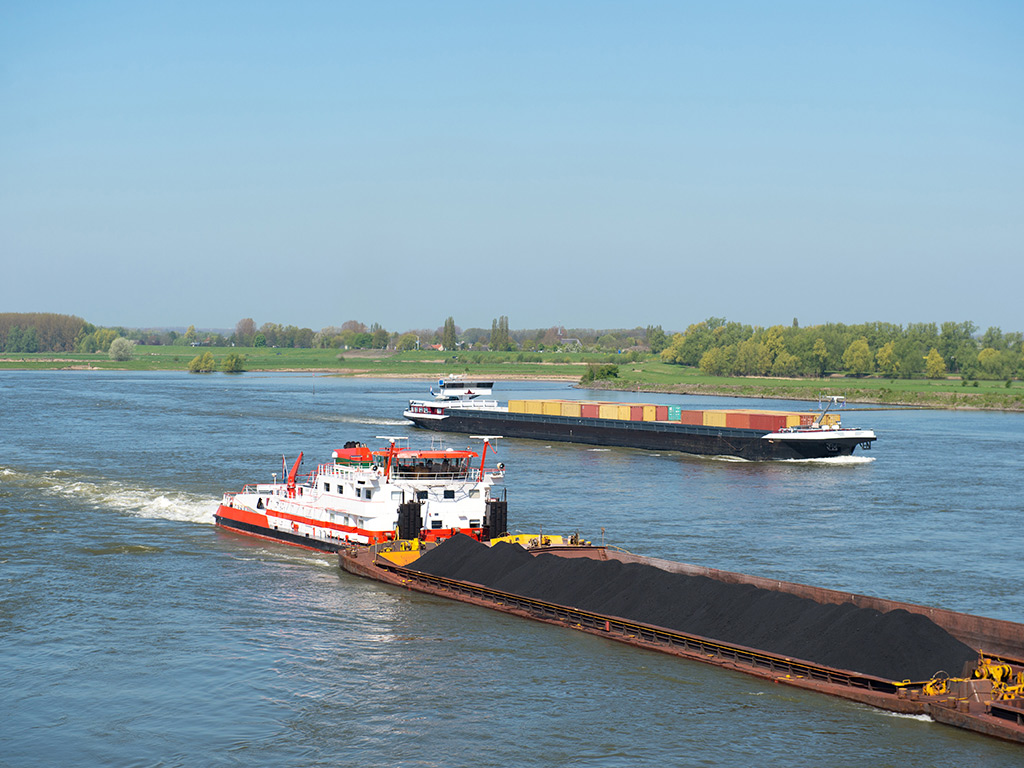
– For example, concessions pertaining to public works on a waterway, the port water surface, the quay and hydro- and other facilities, meant for servicing boats and various other vessels, can be a very good solution. However, concessions pertaining to logistics systems, terminals, warehouses and the accompanying infrastructure in a wider port area, that is, the logistics services these subsystems provide, may not be the best solution. These are market-flexible and profitable activities, for whose development and construction there's a great interest and which can be developed under a different model of a public-private partnership – Kilibarda explains.
Plans
After the tender for the preparation of a medium-term plan for concessions in the period from 2018 till 2020 and the annual plan for concessions in 2018 was carried out and the job awarded to the consortium consisting of Peterhof Consulting, Primar Co, Public Private Partnership, 3P&PFI SOLUTIONS consulting agency and PPP Structuring consulting agency, these Belgrade-based companies prepared the plans, and as the Port Governance Agency says, they have not yet been adopted, nor are the contents available.
Until these documents are adopted, the 2016-2019 act remains in effect. This medium-term plan, which has been viewed by eKapija, encompasses 9 locations – Belgrade, Apatin, Backa Palanka, Bogojevo, Novi Sad, Prahovo, Sabac, Smederevo and Pancevo.
The subject of the concession has, however, not been defined for either of these locations, which is the requirement for the initiation of the concession procedure. On the other hand, neither of these areas meet the requirements for the defining of the subject of the concession either, that is, the project documentation has not been prepared.
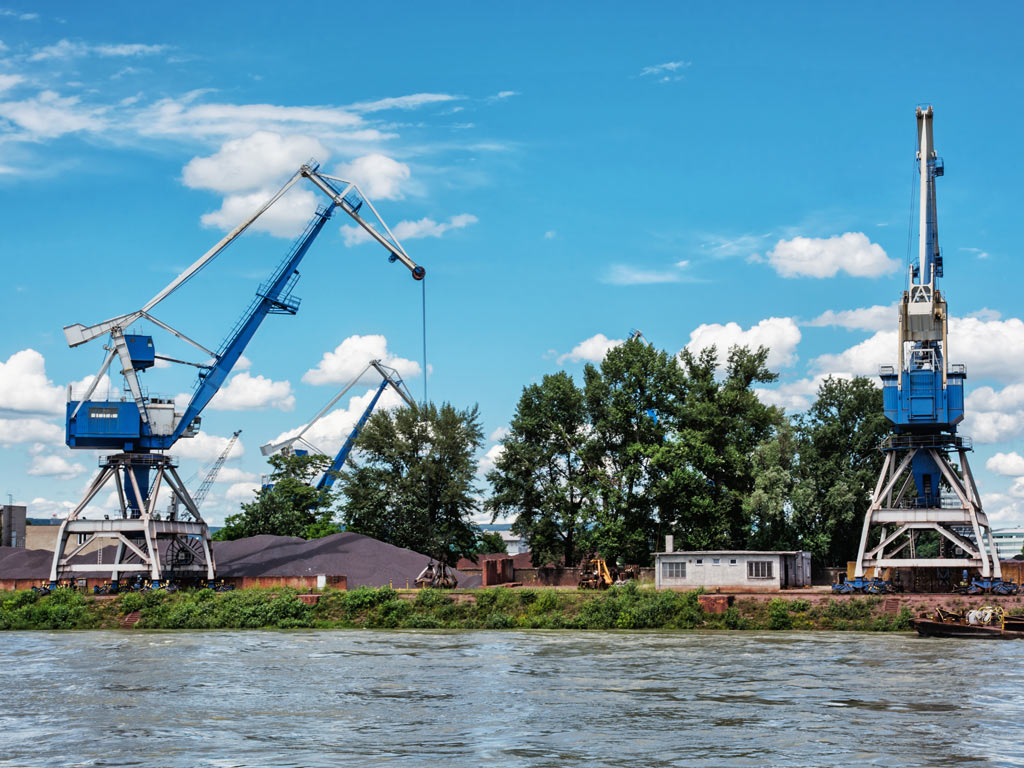
Bad infrastructure and suprastructure
As noted in the plans, ports in Serbia are characterized by bad infrastructure and obsolete suprastructure. Professor Kilibarda agrees with this and says that this is a big problem and an obstacle to the exploitation of potentials and possibilities of river transport.
– In that respect, it is necessary to build new ports and expand and equip the existing ones on the Danube. There is a real need and the demand for the construction of a new Belgrade port, which would be a part of a wider logistics platform, situated on two pan-European corridors and connected by four kinds of transport. Certainly, this port, in a new location, requires very large investments, but also has a considerable market potential. For this reason, it is justified to consider certain modalities of concession. I'm sure there are companies, foreign or local, that might be interested in this concession. Whether this is realized and when depends on several factors. When it comes to other mentioned ports, they are mostly directly connected to the economy in these places and gravitational zones, and their extensions and expansion should therefore be viewed in that context. In any case, we're talking considerably smaller investments and possibilities of implementation of other PPP models – Kilibarda explains.
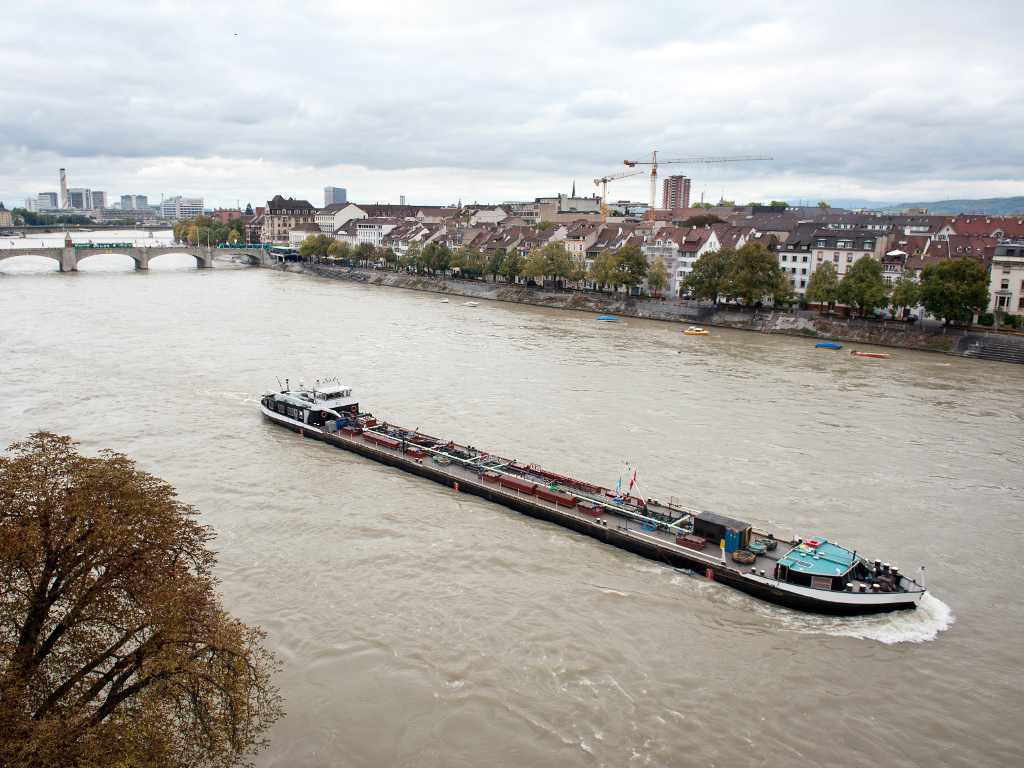
Concessions would also lead to certain economic effects, such as a growth of the GDP, increased productivity of ports, increased revenues of local self-governments, reduced unemployment...
Still, as concluded in the current medium-term plan for concession, it is impossible to estimate the impact on the budget, as the subject of concession has not been determined in either of these areas.
Katarina Stevanovic
 Agencija za upravljanje lukama Beograd
Agencija za upravljanje lukama Beograd
 Vlada Republike Srbije
Vlada Republike Srbije
 Saobraćajni fakultet Beograd
Saobraćajni fakultet Beograd
 Železara Smederevo d.o.o.
Železara Smederevo d.o.o.
 Ministarstvo građevinarstva, saobraćaja i infrastrukture Republike Srbije
Ministarstvo građevinarstva, saobraćaja i infrastrukture Republike Srbije
 Opština Apatin
Opština Apatin
 Peterhof Consulting d.o.o. Beograd
Peterhof Consulting d.o.o. Beograd
 Primar Co d.o.o. Beograd
Primar Co d.o.o. Beograd
Most Important News
06.04.2024. | Agriculture
Preconditions for Placement of Fresh Blueberries and Dried Plums in Chinese Market Secured

16.04.2024. | News
Jovan Ciric, Leasing Director Retail MPC Properties – MPC Echo symbolizes our desire for good ideas and innovative endeavors to spread freely and bring about positive changes

16.04.2024. | News
10.04.2024. | Finance, IT, Telecommunications, Tourism, Sports, Culture
Creative Industry – What This Serbian Economy Sector Worth EUR 2 Billion Encompasses

10.04.2024. | Finance, IT, Telecommunications, Tourism, Sports, Culture
22.04.2024. | Industry, Transport
Serbia to develop project of “flying taxis” for EXPO with Airbus – Signing of memorandum announced

22.04.2024. | Industry, Transport
16.04.2024. | News
Economy Fair in Mostar opens – 26 companies from Serbia exhibiting

16.04.2024. | News
22.04.2024. | Transport
City of Belgrade selling garages – Initial price EUR 7,000
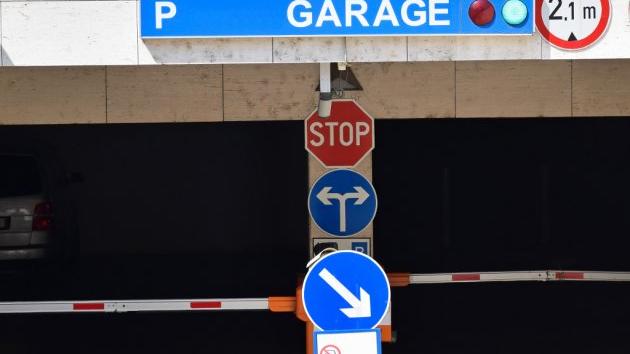
22.04.2024. | Transport


 Izdanje Srbija
Izdanje Srbija Serbische Ausgabe
Serbische Ausgabe Izdanje BiH
Izdanje BiH Izdanje Crna Gora
Izdanje Crna Gora


 News
News






